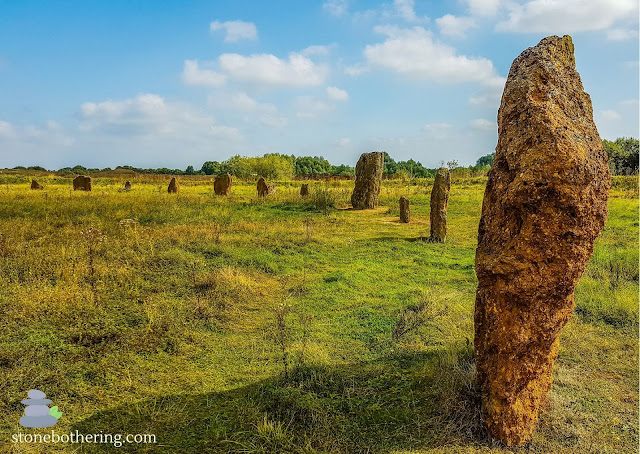Chapel Carn Brea: A Cornish Hilltop with a Rich Archaeological History
Chapel Carn Brea is a hill in Cornwall, England, with a rich archaeological history. The hill is home to a number of prehistoric monuments, including a Bronze Age barrow, a medieval chapel, and a World War II observation post.
The Bronze Age barrow is the most prominent archaeological feature on Chapel Carn Brea. It is a large mound of earth and stone that was built over 4,000 years ago. The barrow was likely used as a burial place for important members of the community.
In the 13th century, a medieval chapel was built on top of the Bronze Age barrow. The chapel was dedicated to St Michael of Brea, and it was tended by a succession of hermits. The chapel fell into disrepair in the 18th century and was eventually demolished in 1816.
During World War II, Chapel Carn Brea was used as an observation post. A shelter was dug into the east side of the hill, and a lookout tower was built on the summit. The observation post was used to monitor for enemy aircraft and ships.
Today, Chapel Carn Brea is a popular tourist destination. Visitors can climb to the summit of the hill to enjoy the panoramic views of the surrounding countryside. The hill is also a popular spot for stargazing.
In recent years, a number of archaeological excavations have been carried out at Chapel Carn Brea. These excavations have revealed new information about the hill's long and complex history.
One of the most significant discoveries was the excavation of a Bronze Age entrance grave. The entrance grave is a long, narrow chamber that was used for burials. The grave was sealed with a large stone slab, and it was surrounded by a circle of smaller stones.
The excavation of the entrance grave has provided archaeologists with valuable insights into the Bronze Age people who lived in Cornwall. The grave contained a number of artifacts, including pottery, tools, and jewelry. These artifacts suggest that the people who used the grave were wealthy and important members of the community.
Another significant discovery was the excavation of the medieval chapel. The excavation revealed the foundations of the chapel, as well as a number of artifacts, including pottery, coins, and jewelry. These artifacts suggest that the chapel was a popular pilgrimage destination in the Middle Ages.
The archaeological excavations at Chapel Carn Brea have shed new light on the hill's long and complex history. The hill has been a place of importance for people for thousands of years, and it continues to be a popular destination for visitors today.
.jpg)
.jpg)
.jpg)

